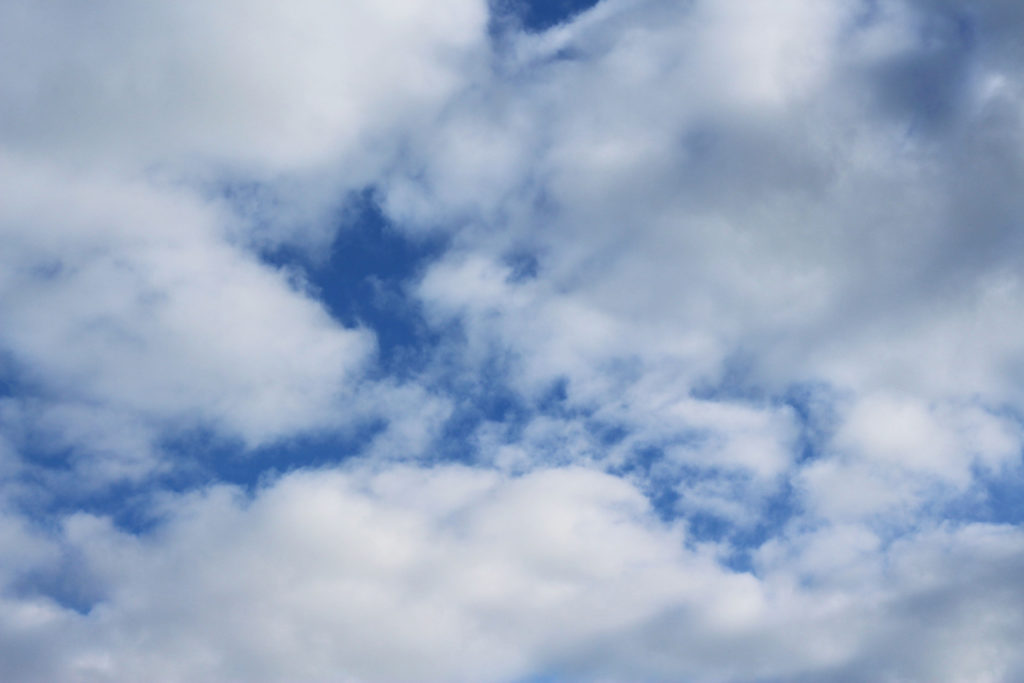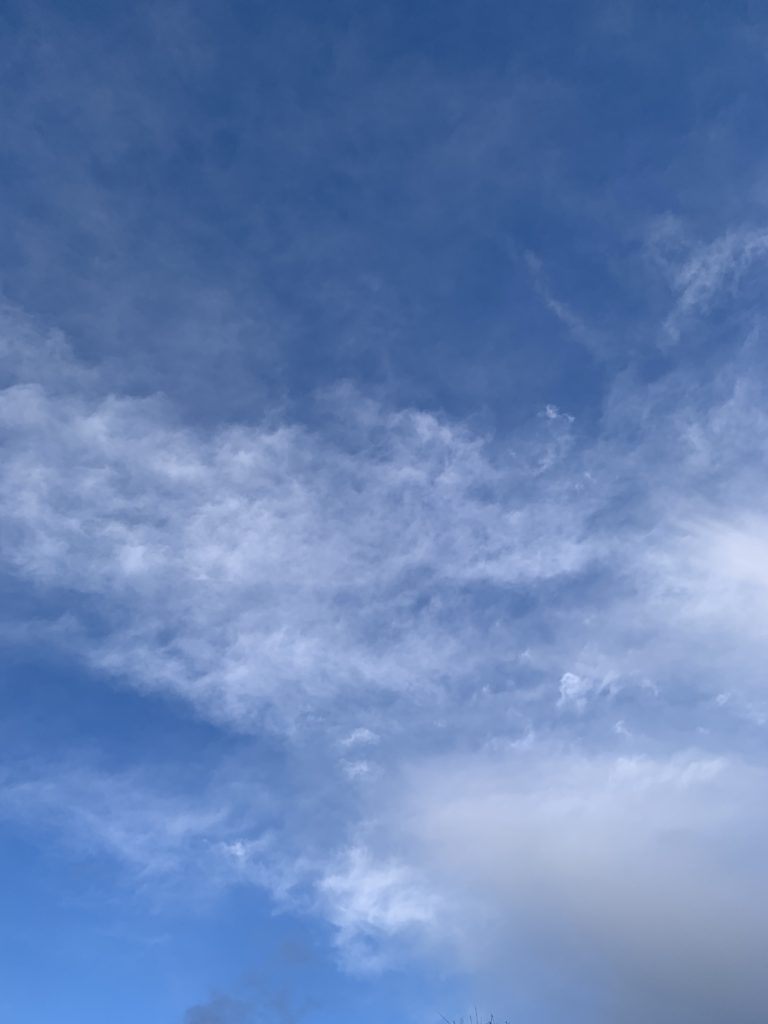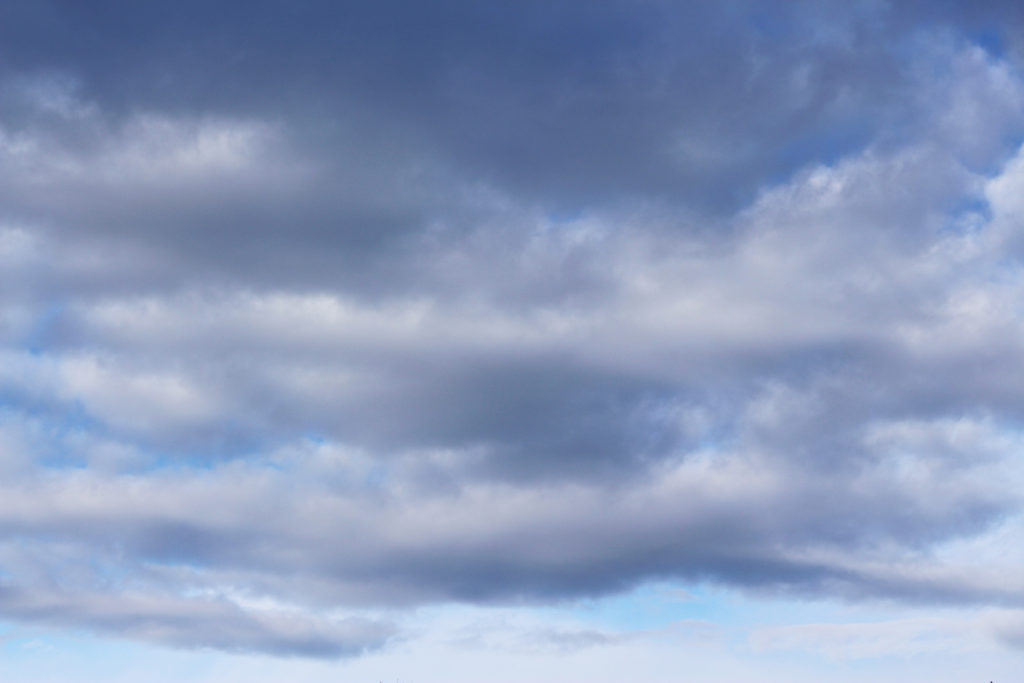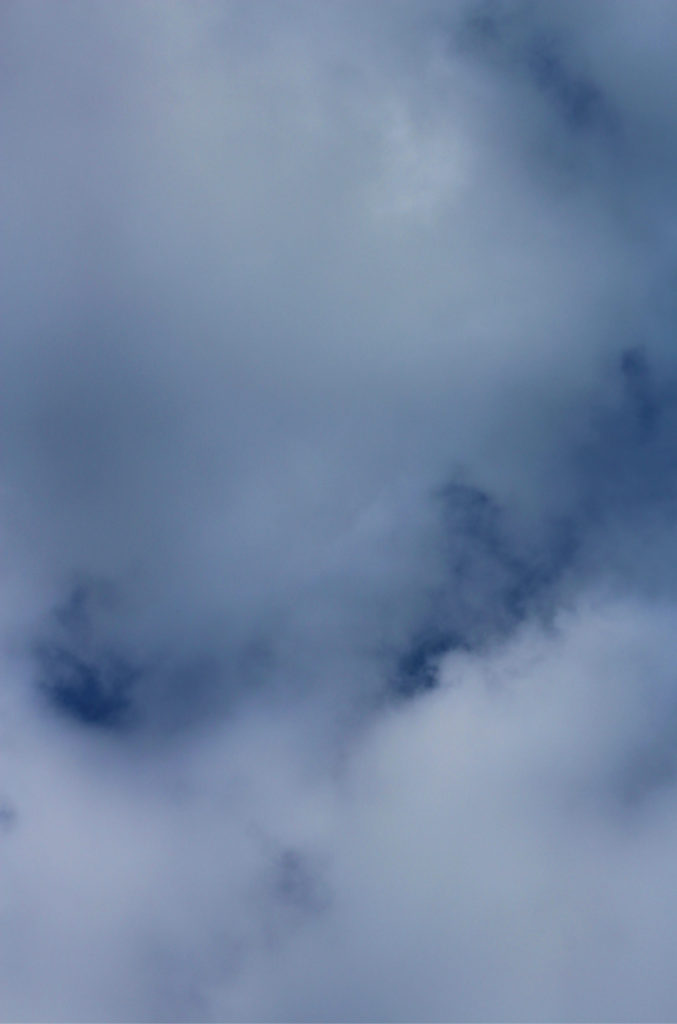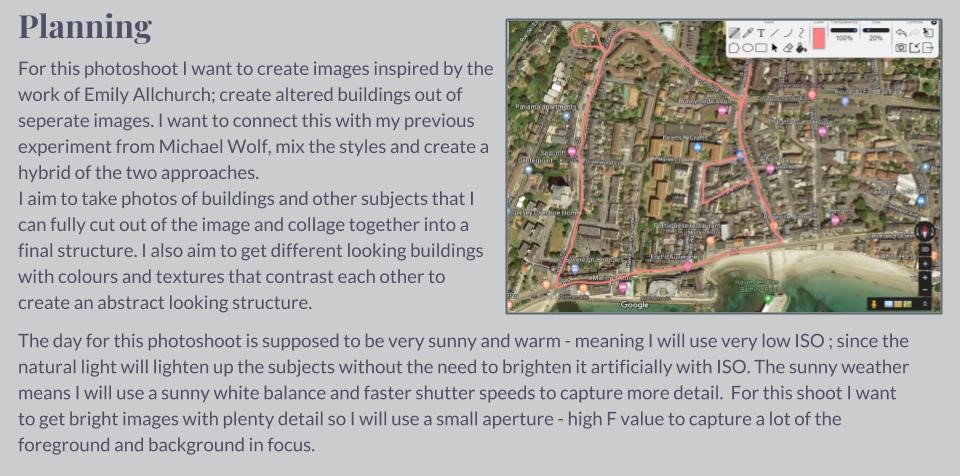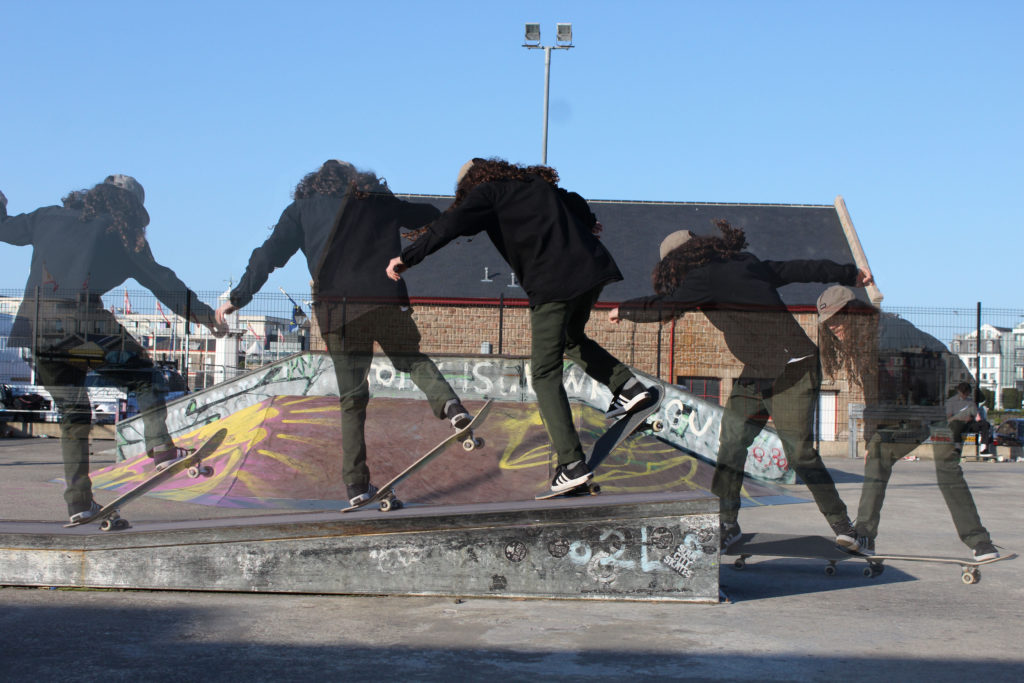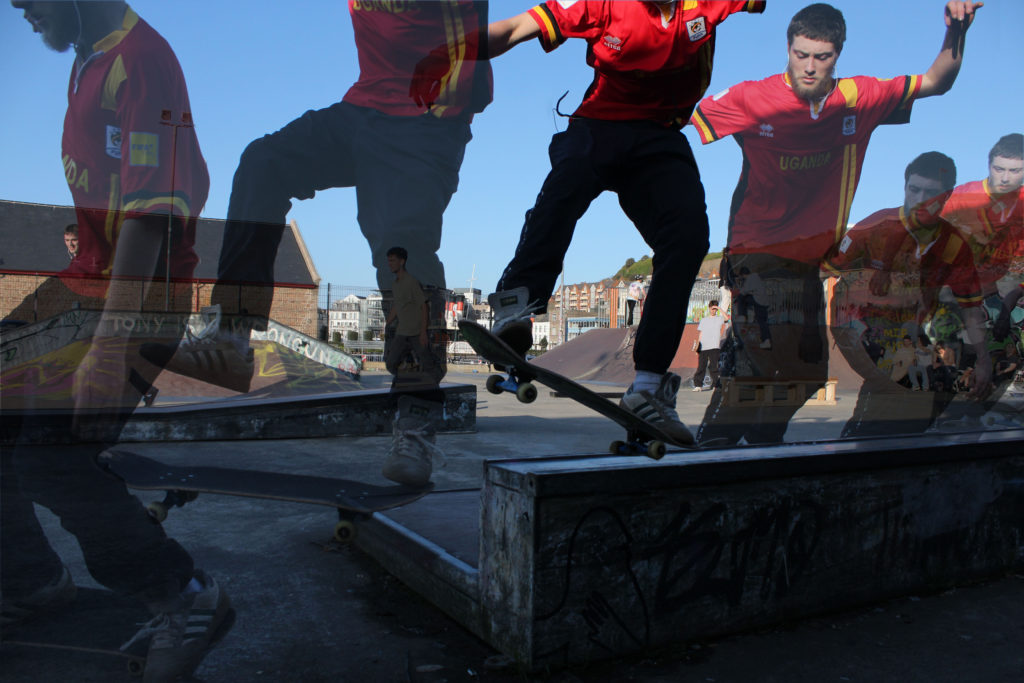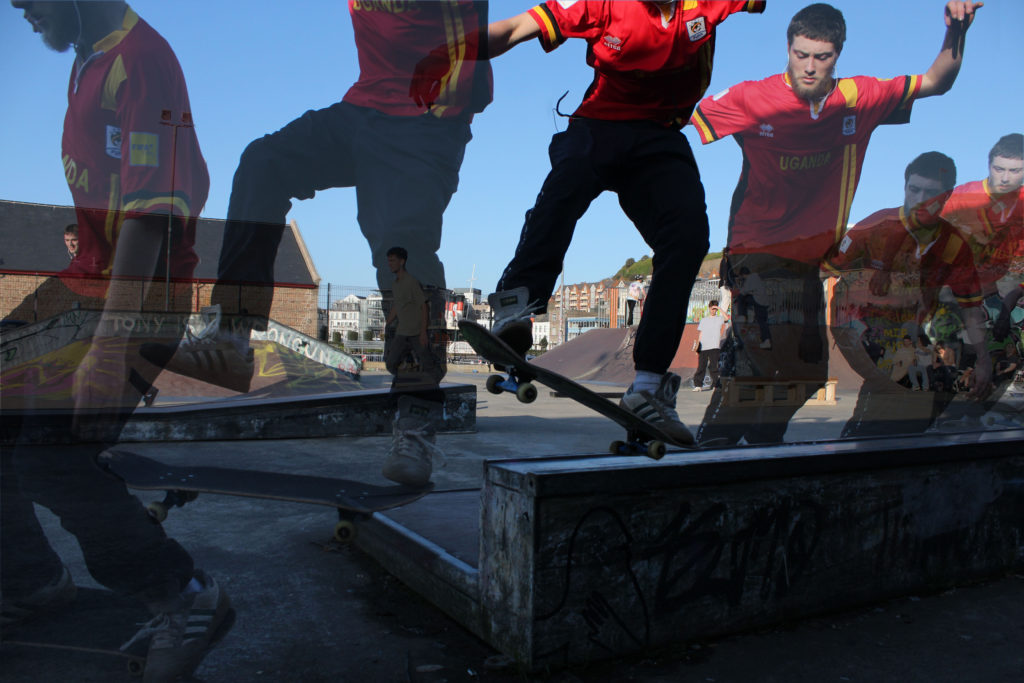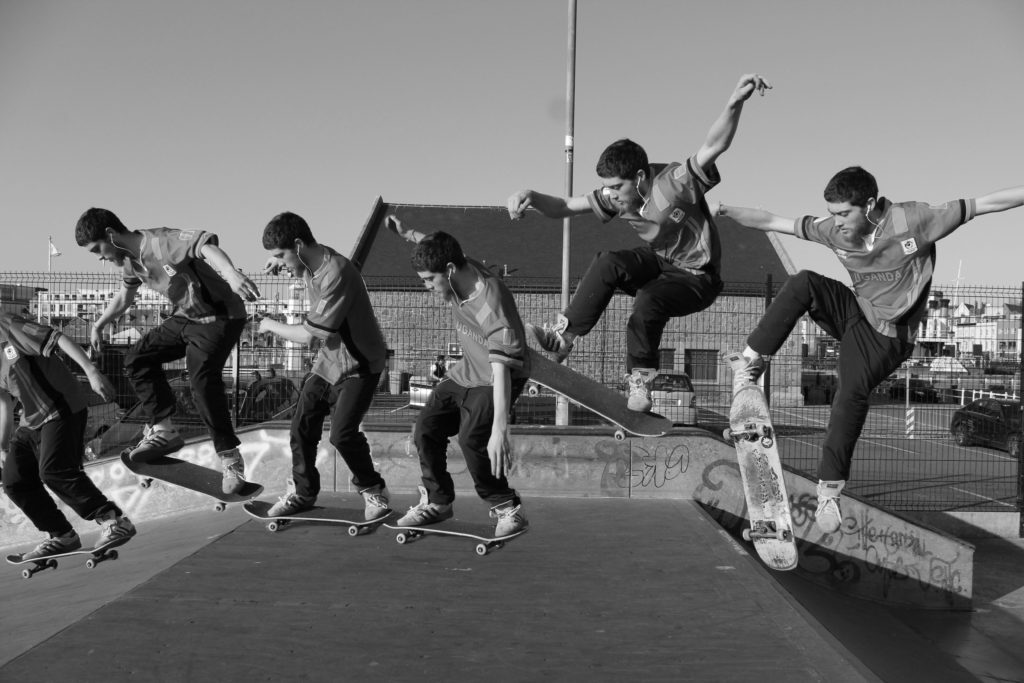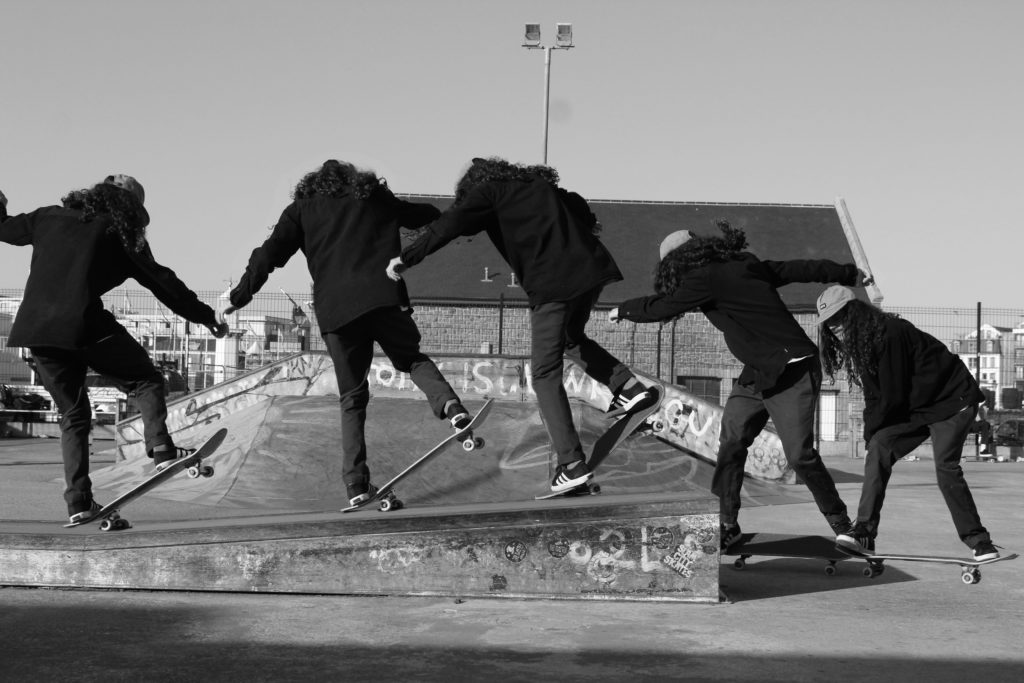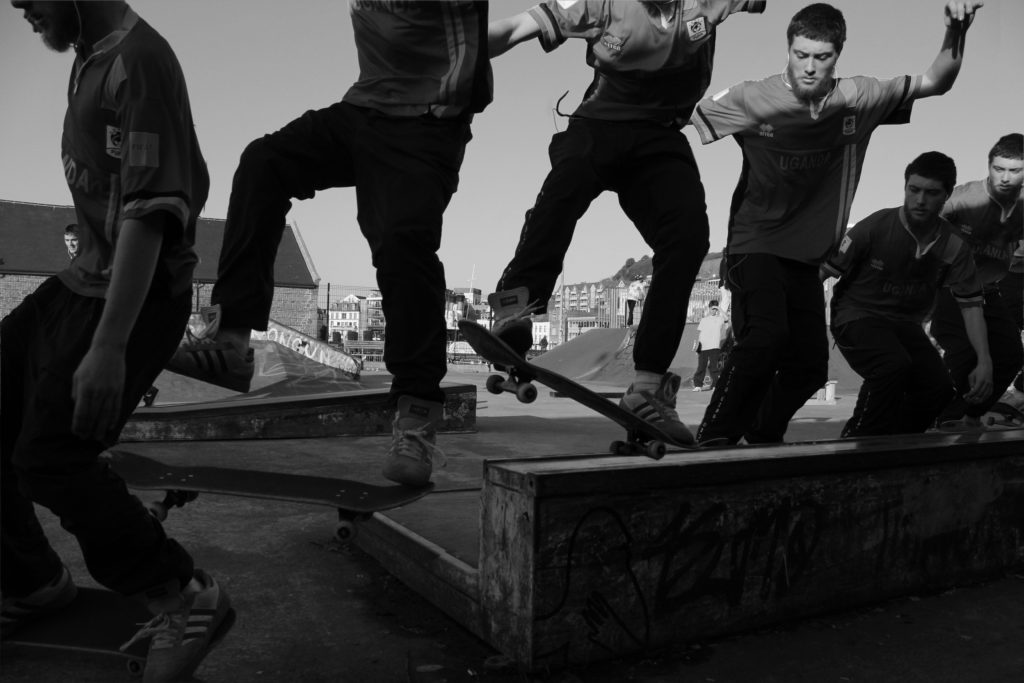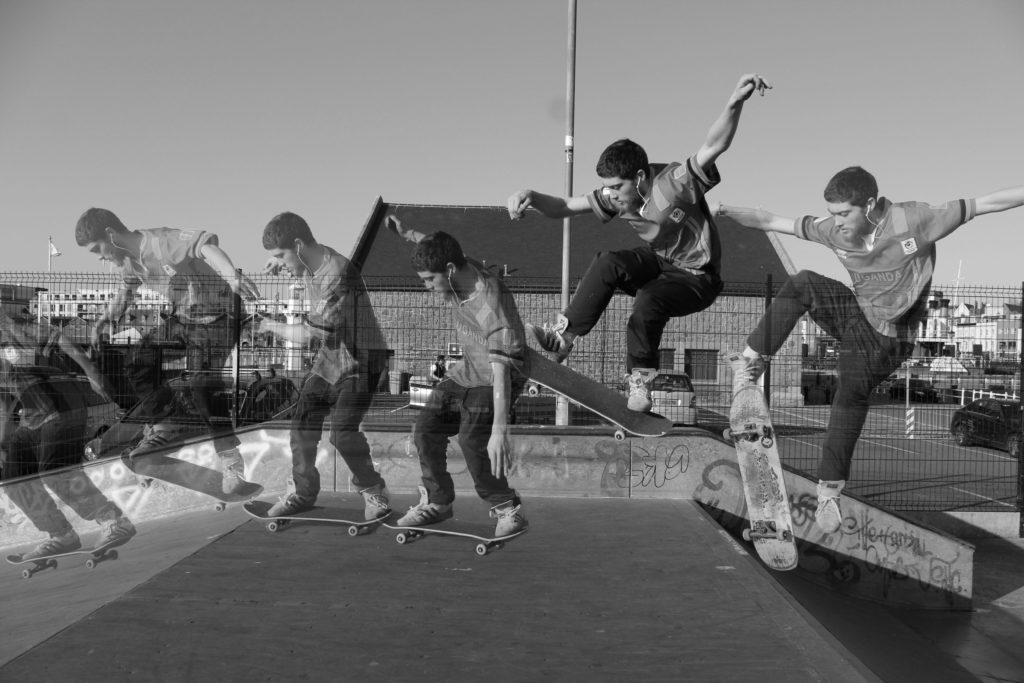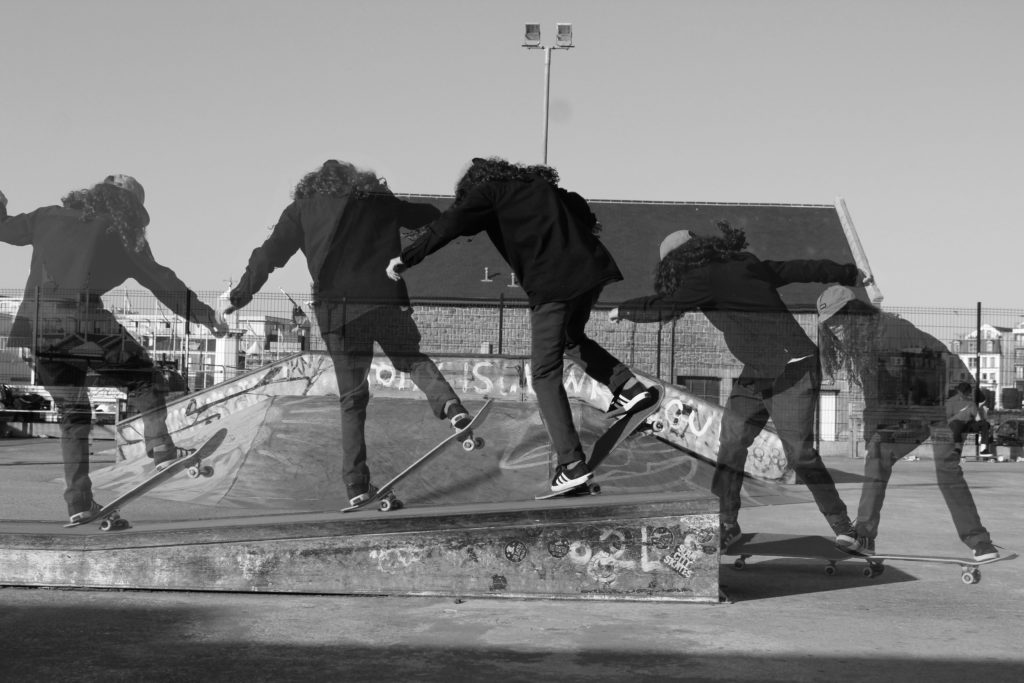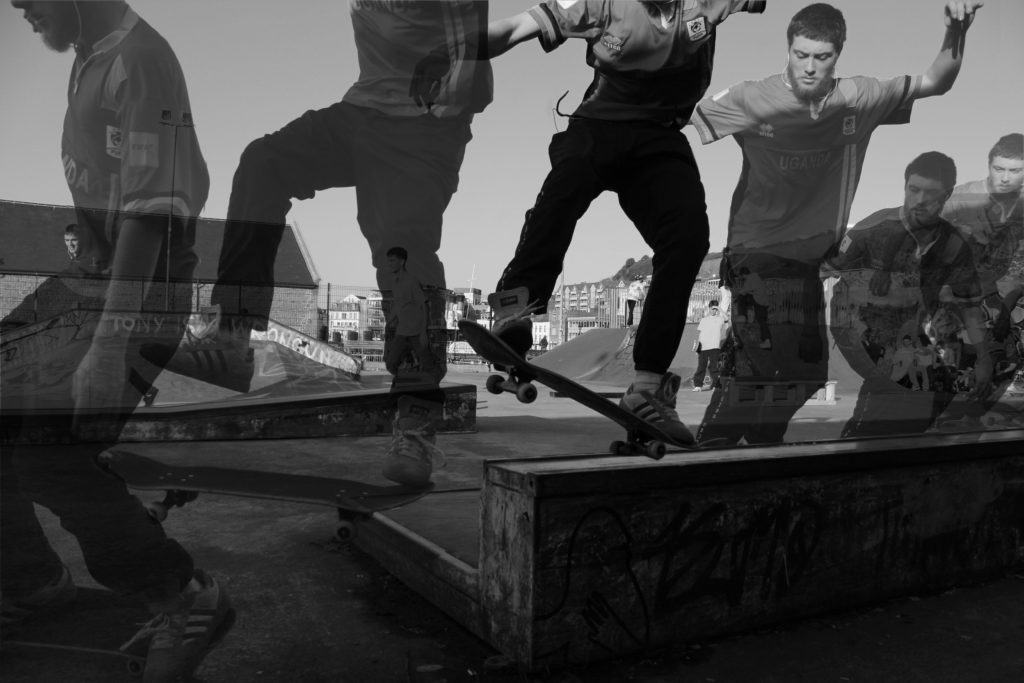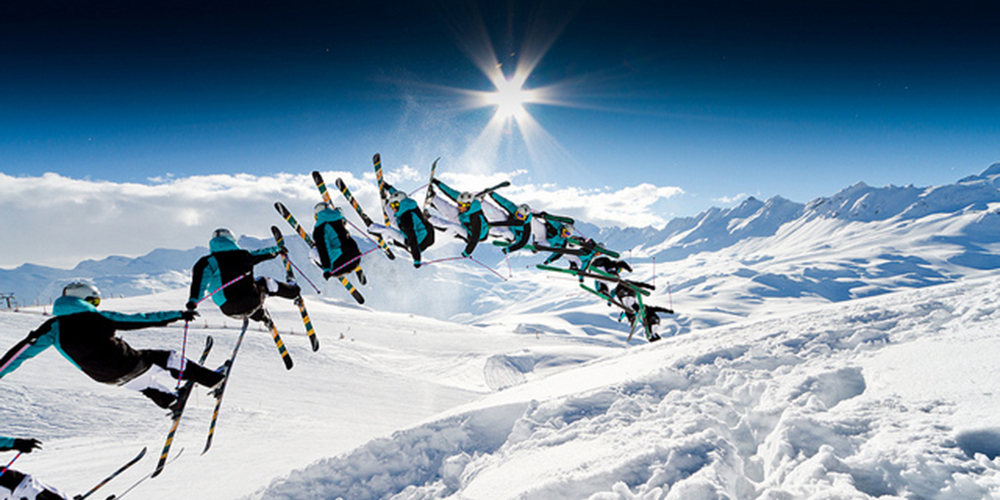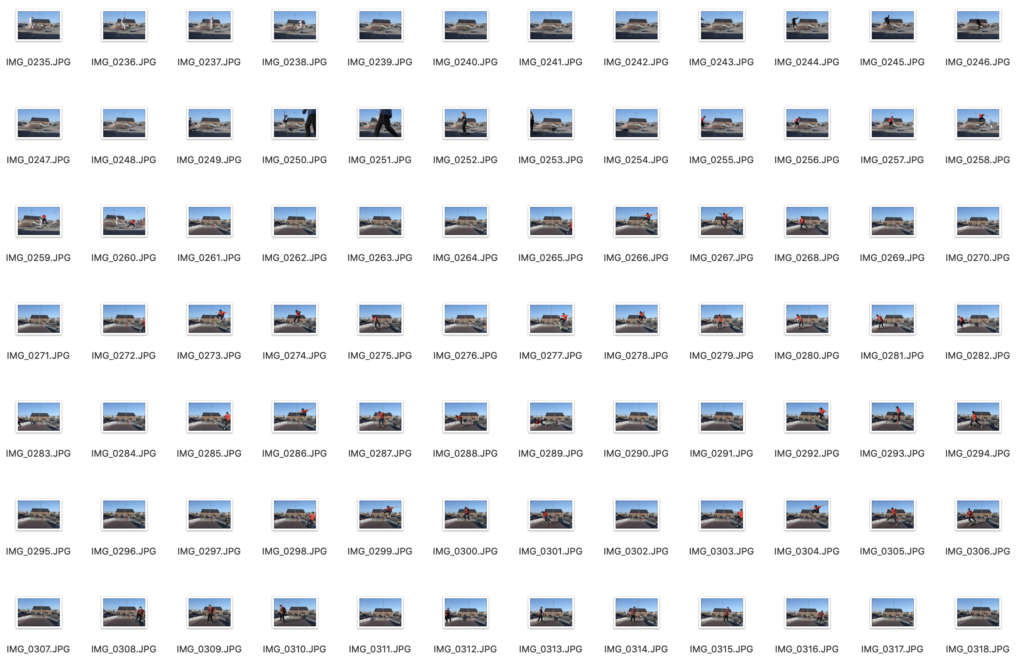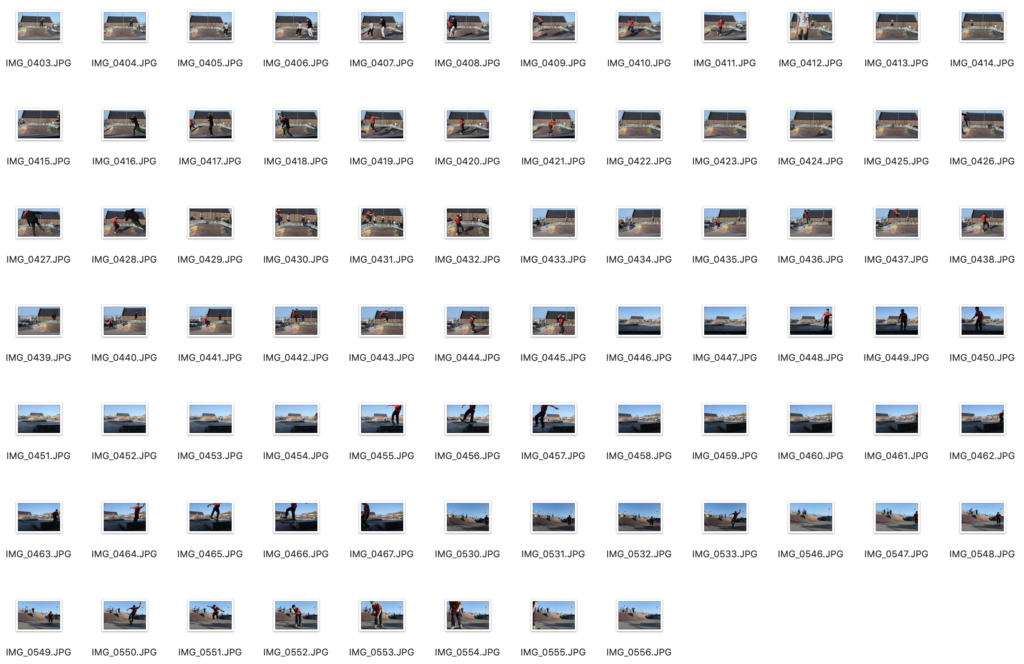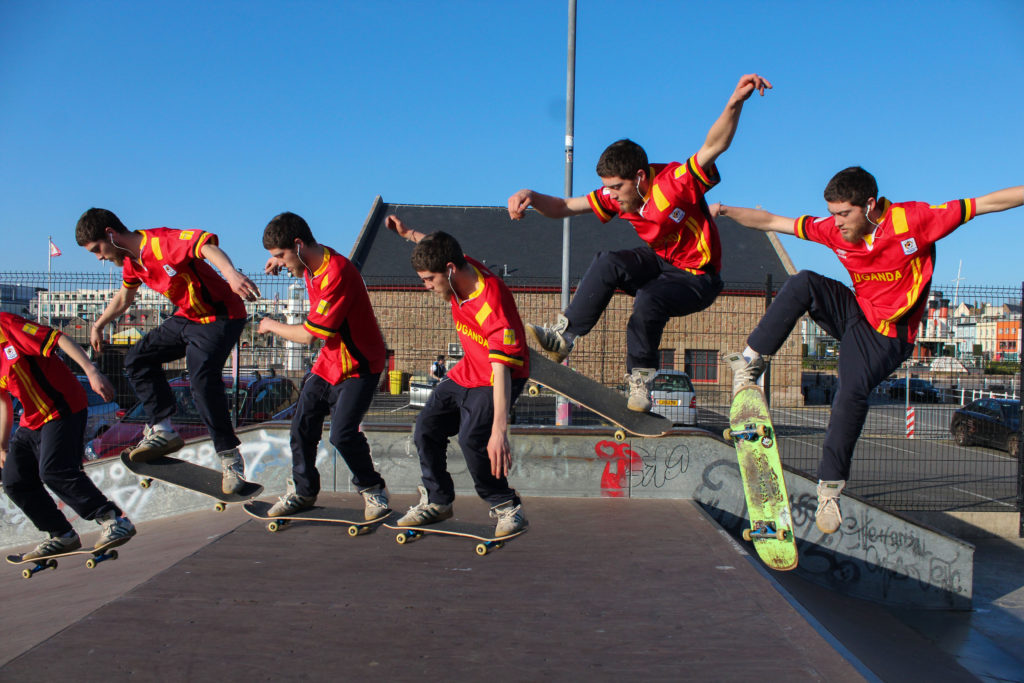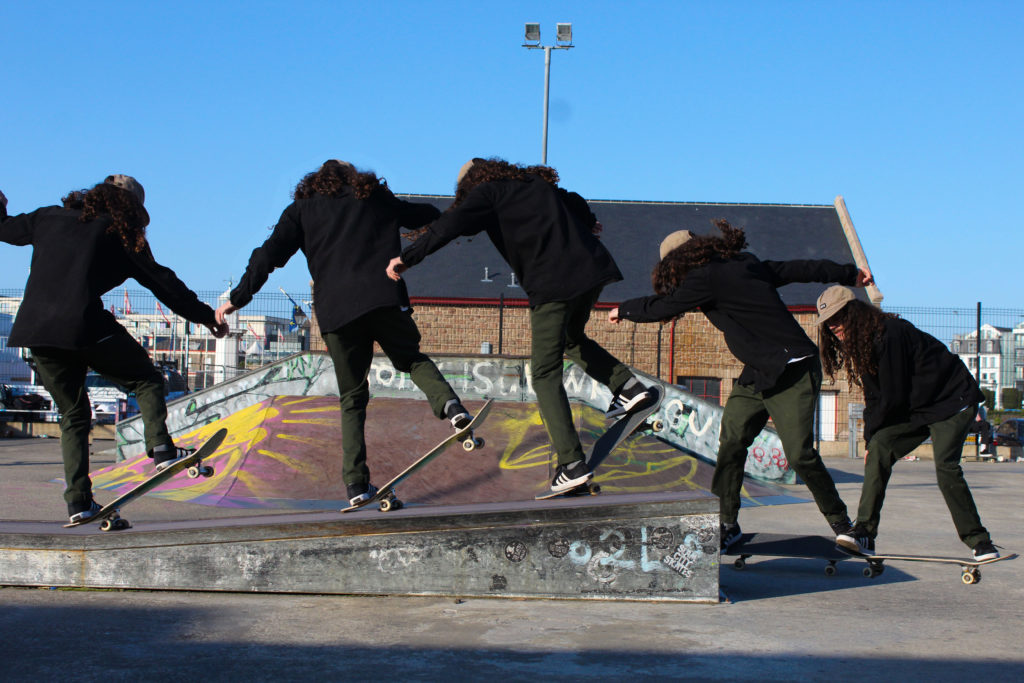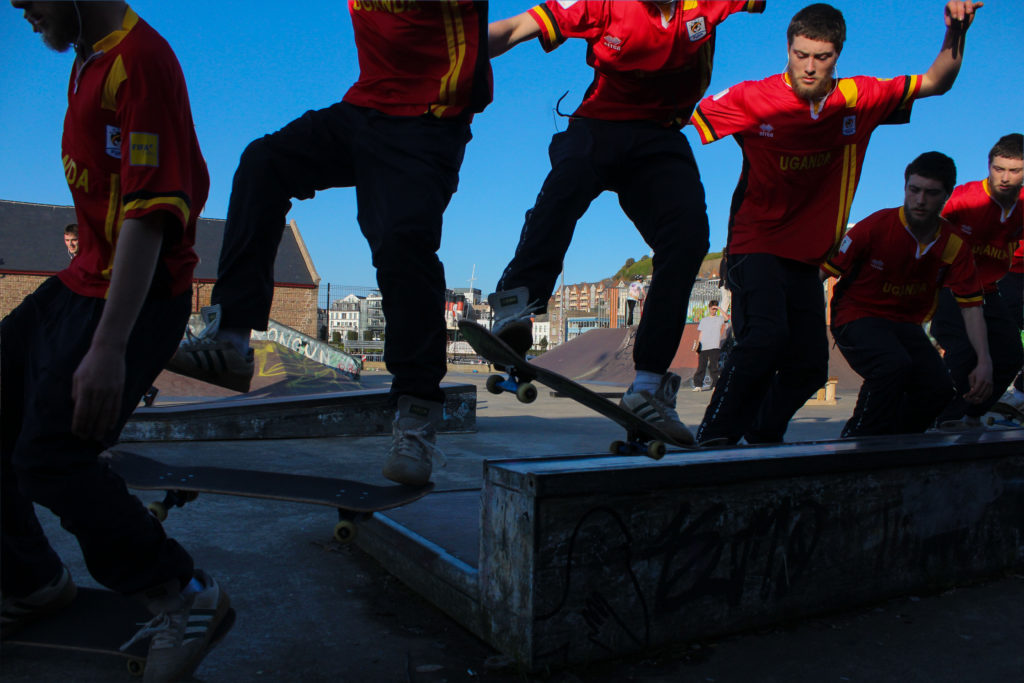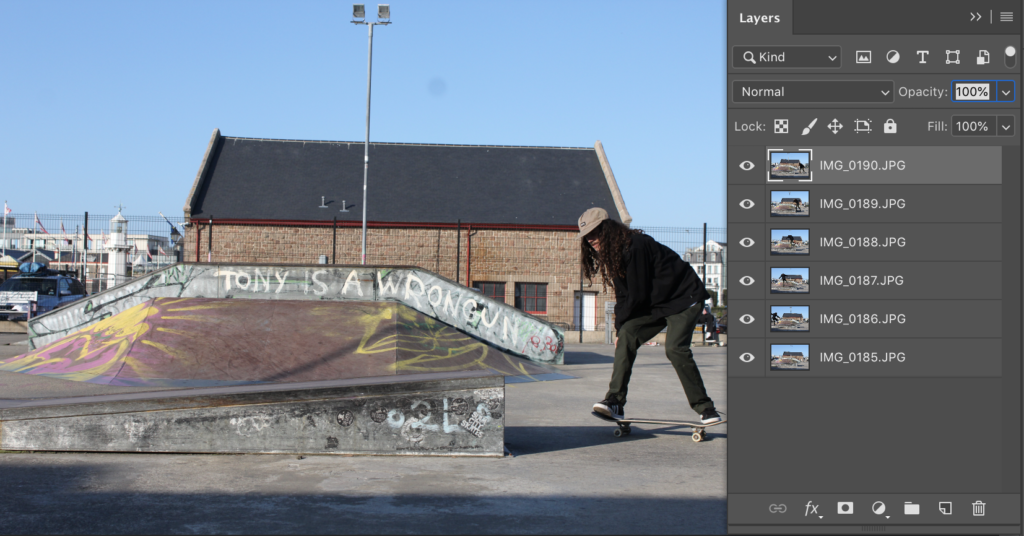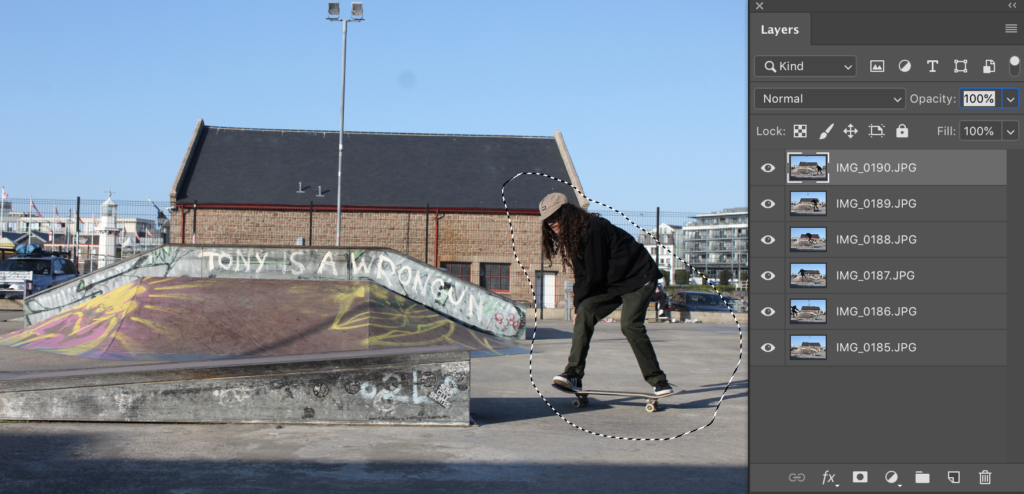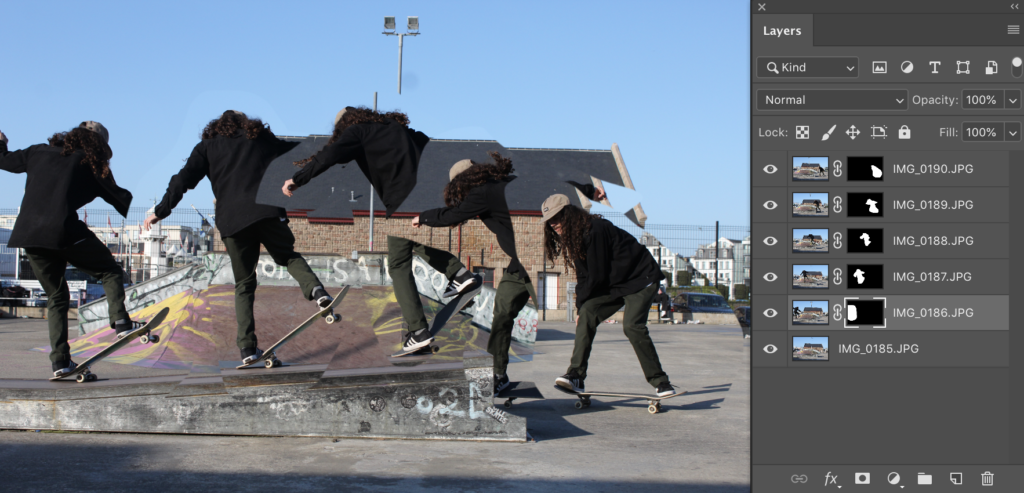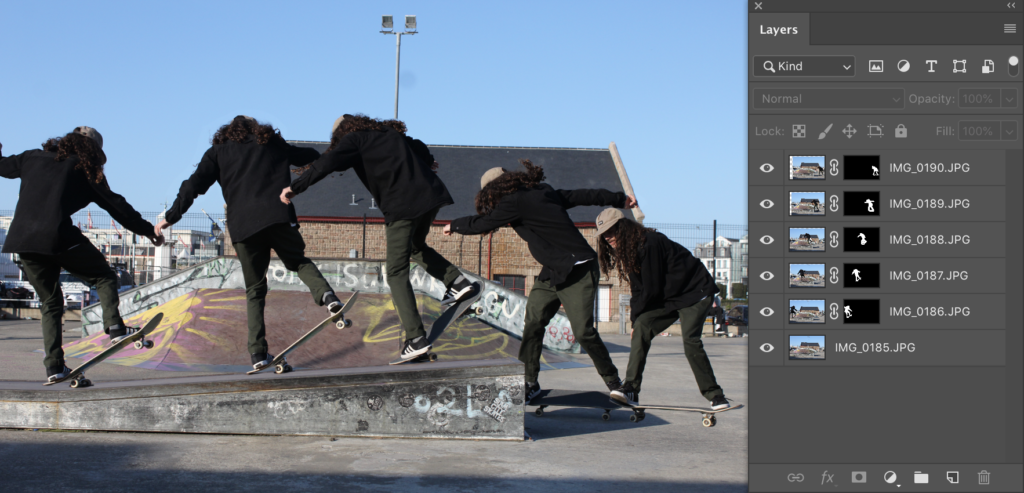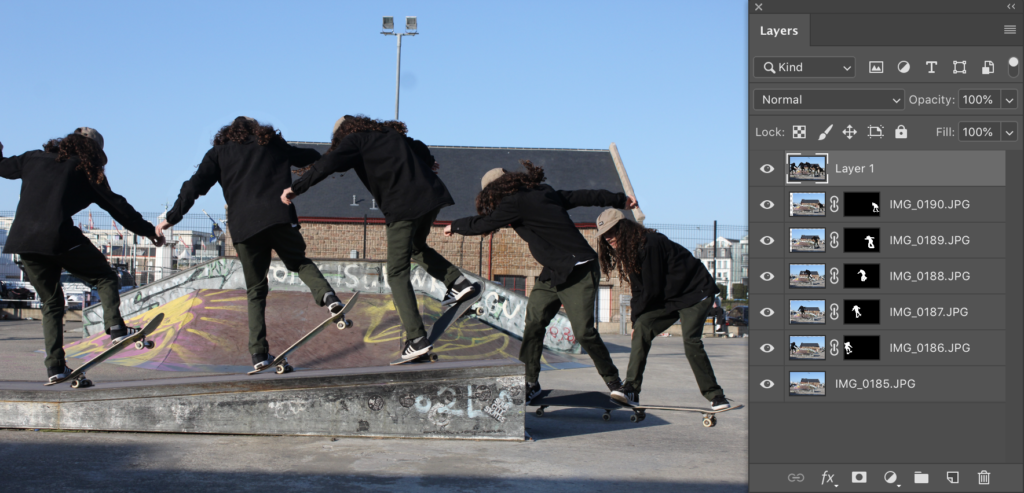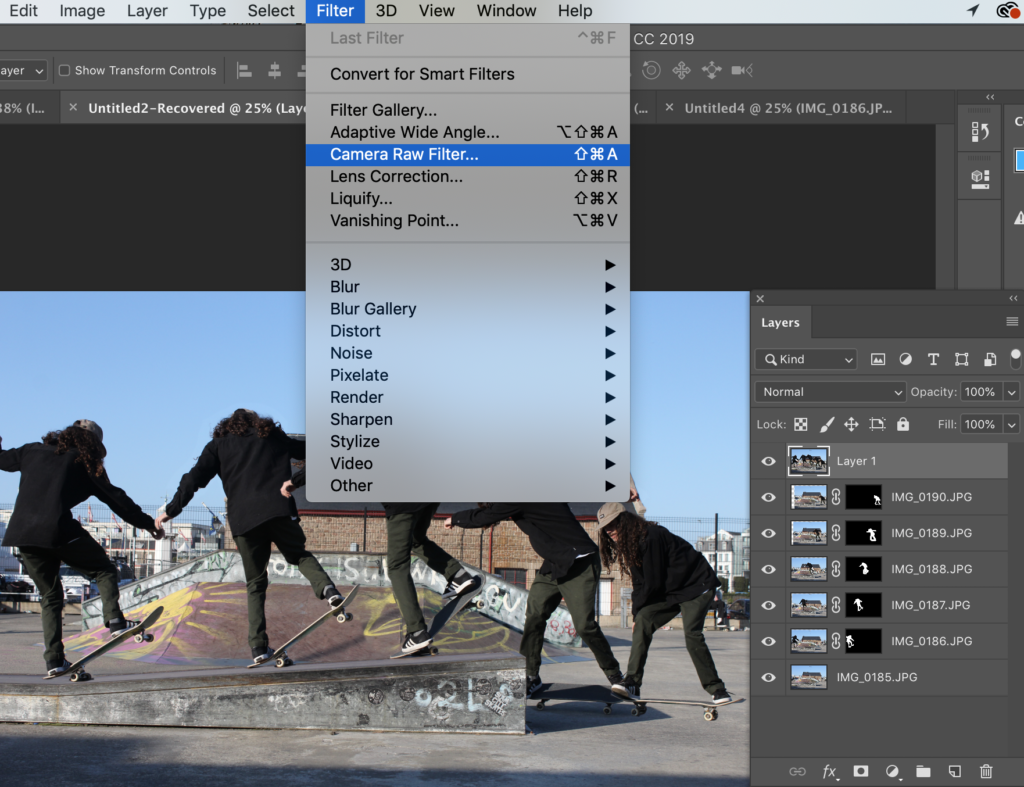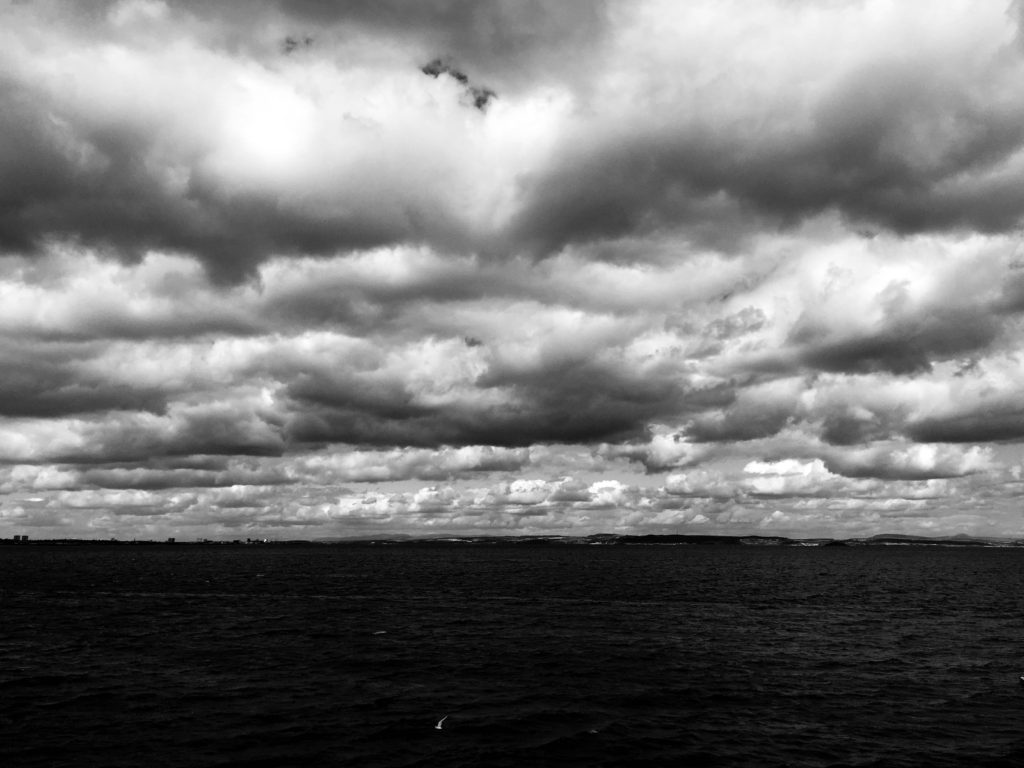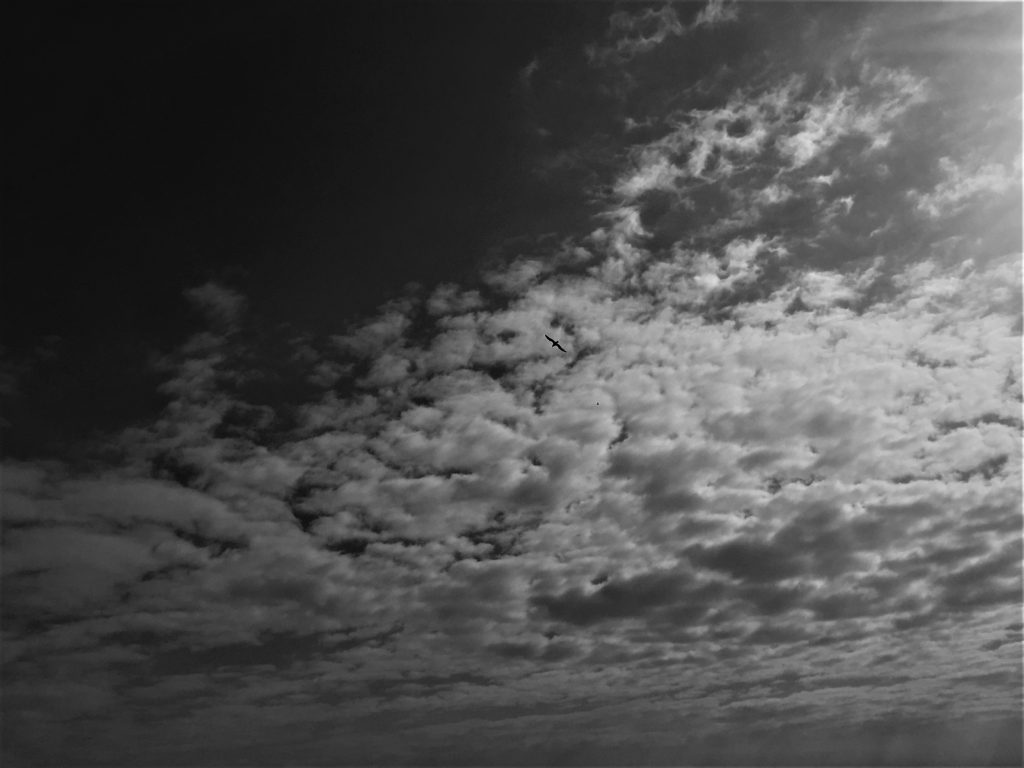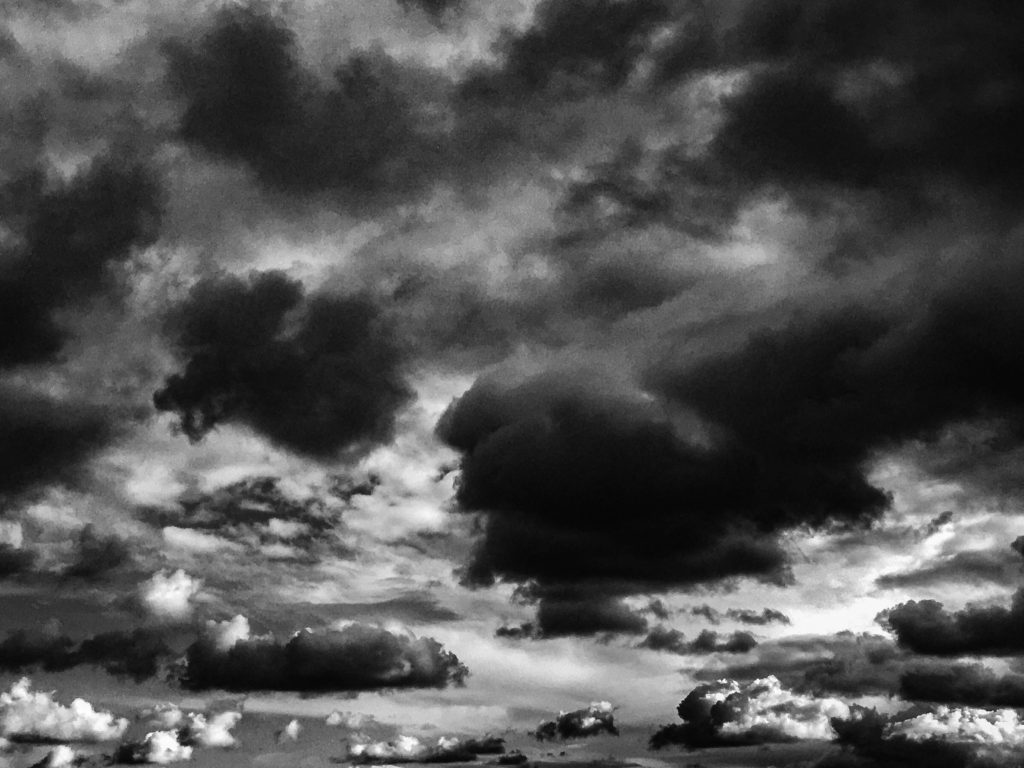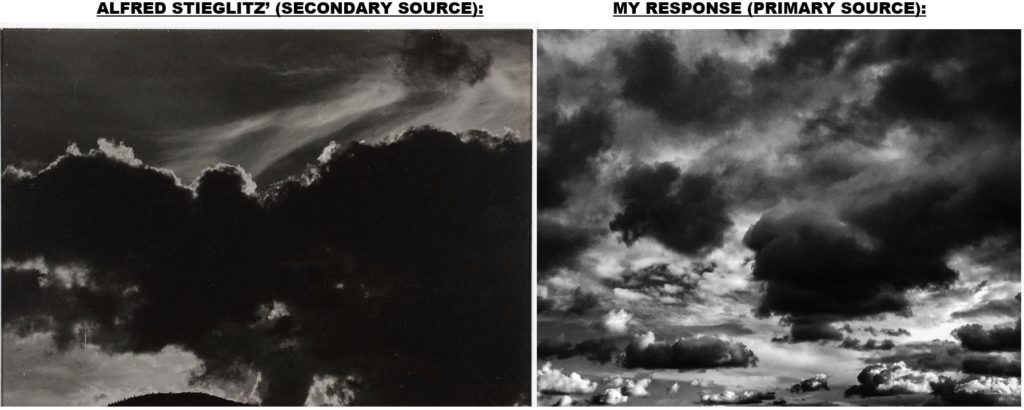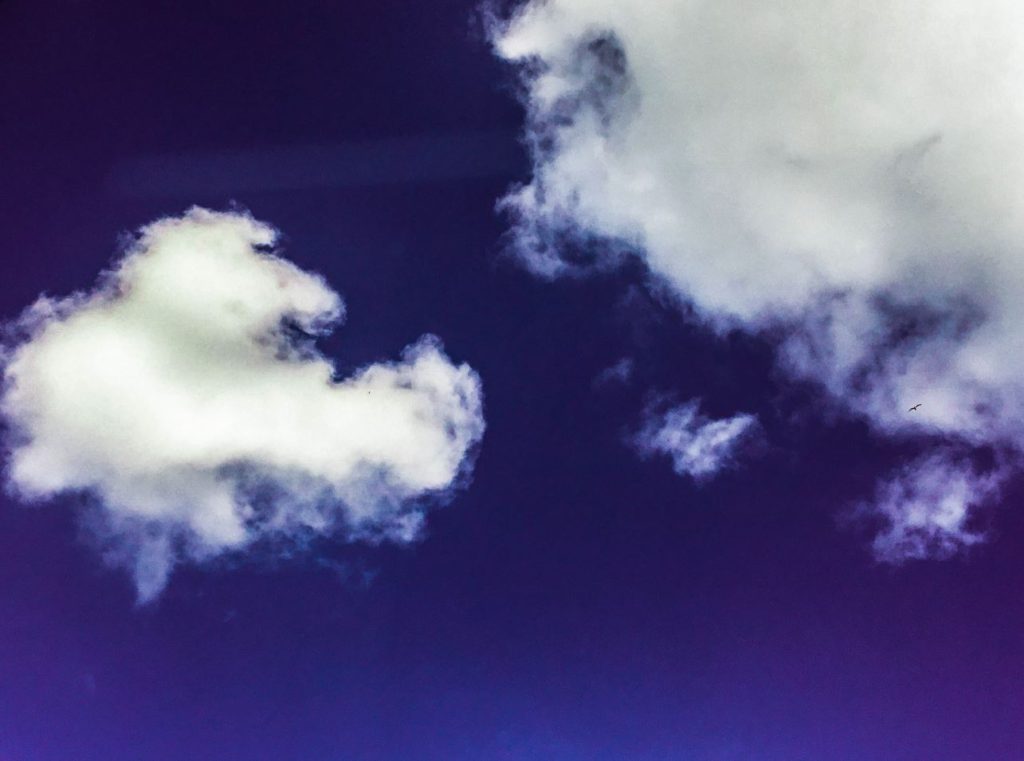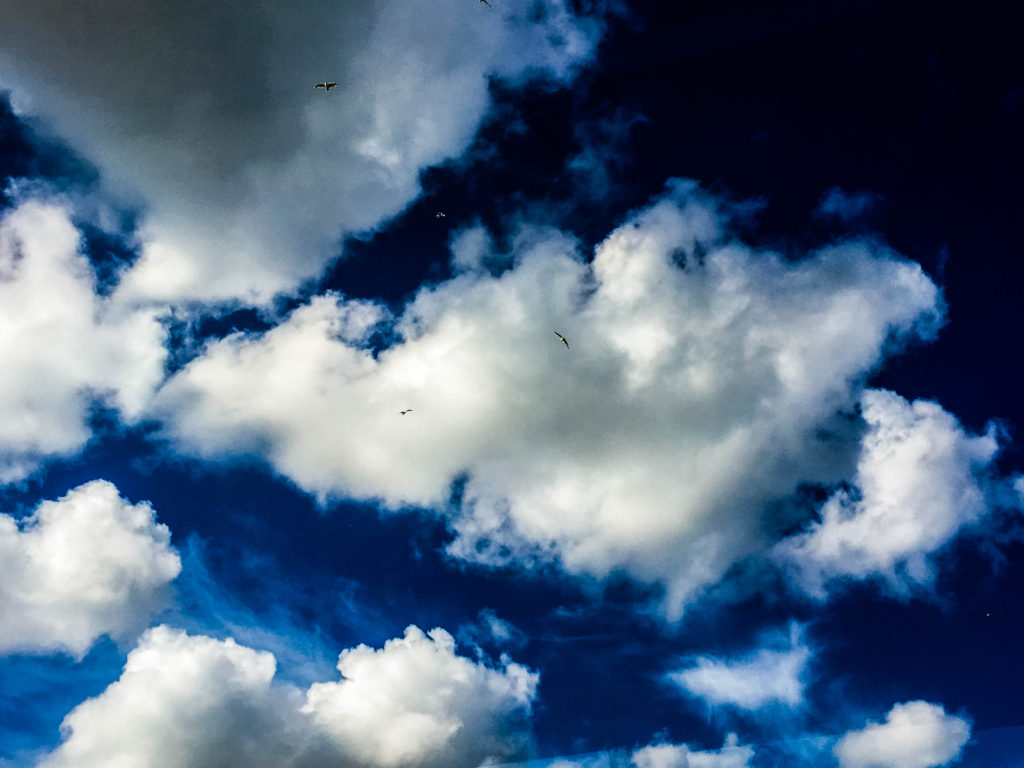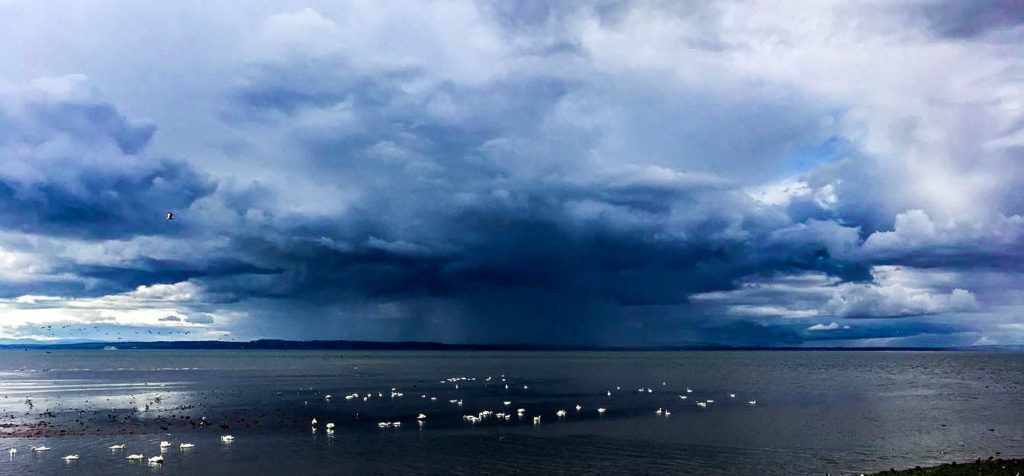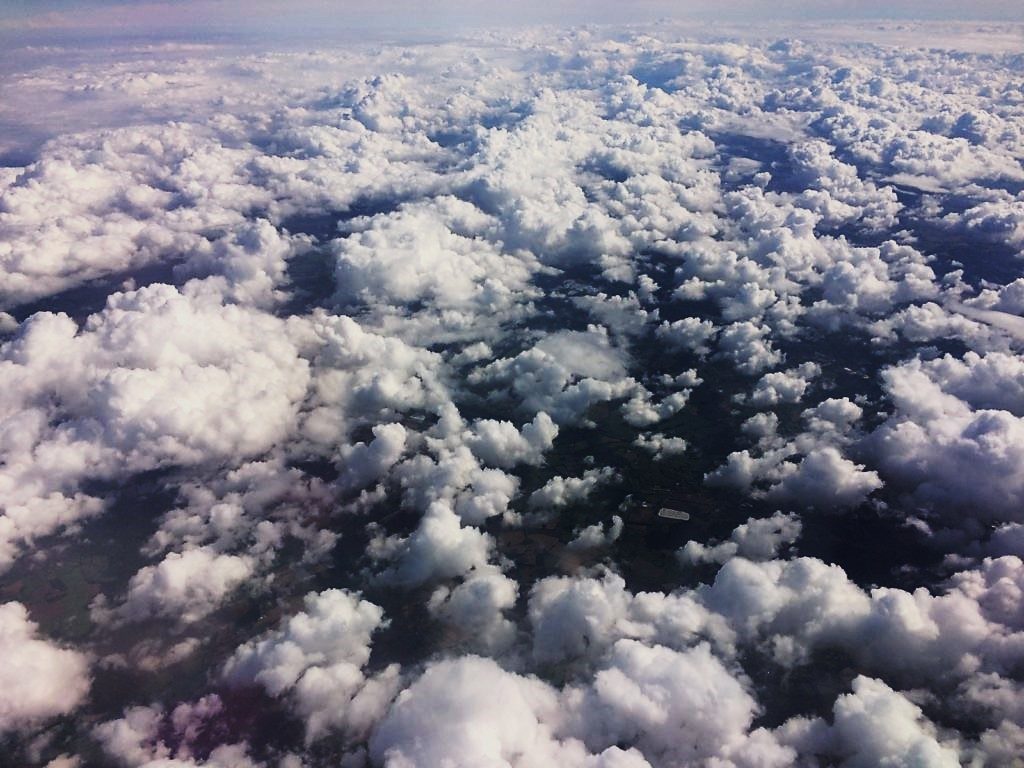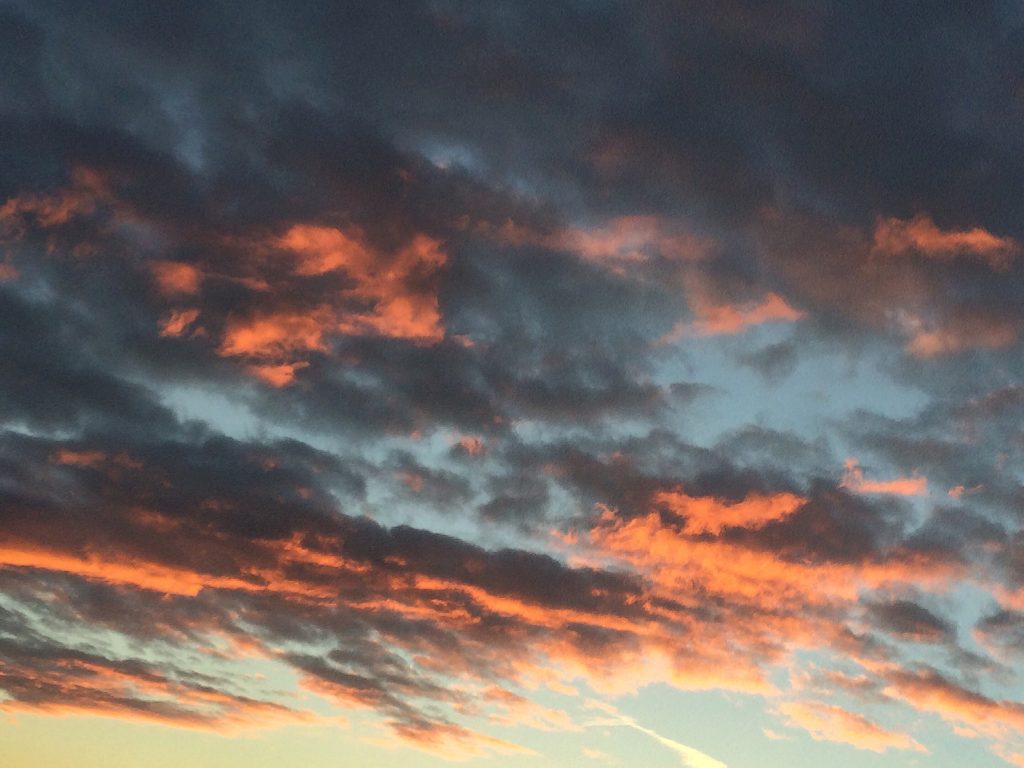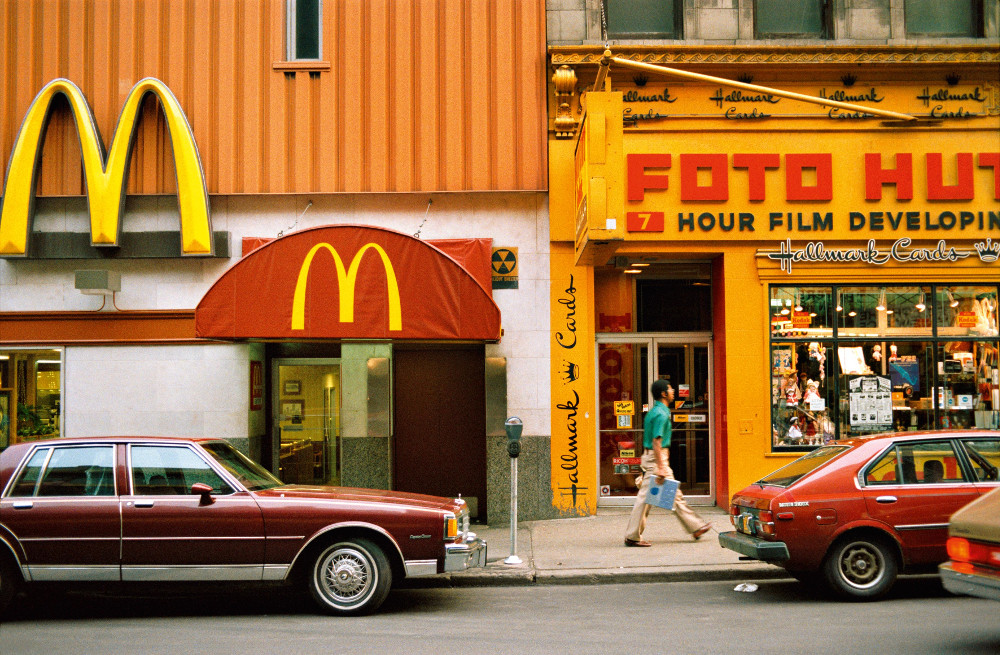
William Eggleston born in Memphis in 1939 and is widely credited with increasing recognition for color photography as a legitimate artistic medium. Since the early 1960s, William Eggleston used color photographs to describe the cultural transformations in Tennessee and the rural South. He registers these changes in scenes of everyday life, such as portraits of family and friends, as well as gasoline stations, cars, things that wee see everyday but never top to apreacte the beauty in these things. Switching from black and white to color in 1956 which then colour transparency became his dominant medium.

The book ‘William Eggleston At Zenith’ was created in 2013. He describes his book as“my childhood and adulthood escapes unexpectedly met each other.”
In an interview by Shahrzad Kamel from ASX magazine William Eggleston describes the book in a lot of detail and goes into the meaning behind it. Within the interview he talks about how he use to lie on the grass as a child and stare up at the sky while forgetting everything. He describes how he watched them move for hours while raising his hands to the sky. He says, “I wished I could touch them, I would dream of riding away on one; imaginary transportation to another universe.” The book contains abstract images of the sky and moving clouds. Although the concept is relatively simple, the meaning and spiritual connotations behind the idea is very powerful. Eggleston wanted his images to be artistic, and to resemble paintings and well as photographic images.
At first I didn’t like this project as I thought that the concept was very simple and the images would be very similar to each other and therefore boring. But I actually really like the simplicity of the images. The contrasting with the white is very eye catching for the viewer, which is something that I want to focus on doing throughout my project. The images are abstract but yet anybody even if they aren’t used to abstract work in photography they will be able to understand and appreciate the images. When he presented this project the environment was plain white which made the images stand out a lot more as the blue is contrasting to the white.
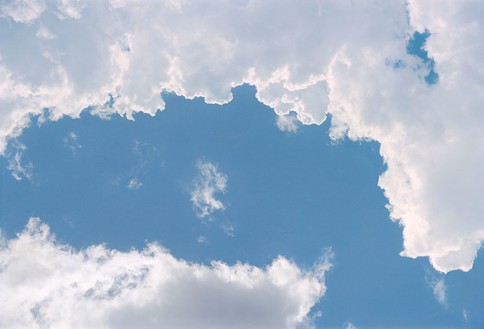

My response to ‘William Eggleston At Zenith’
I took these images whilst I was doing a separate shoot, as I wasn’t focusing that much on getting these image, this is why I don’t really like these images. What I don’t like about the images is that all are very similar to each other, I took these image at mid day so I think that if I took them sunrise or sunset, I think that this would some colour and variety in the images. Or if I took images f the clouds throughout the day there would be more variety in the pattern of the clouds this would make the images more interesting
